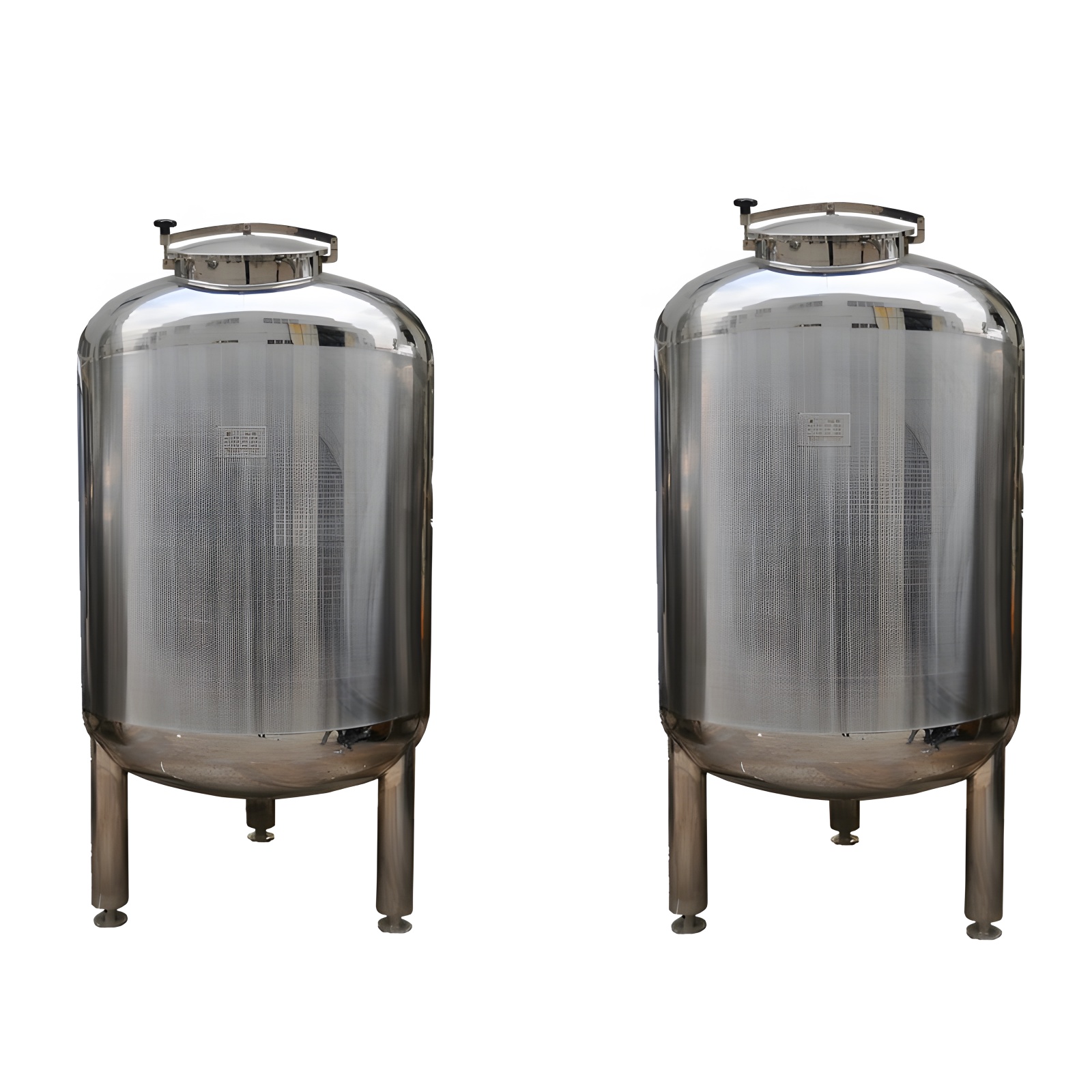Classification and characteristics of stainless steel storage tanks
View:
Three major classifications of stainless steel storage tanks
1. Food and pharmaceutical stainless steel tanks: stainless steel batching tanks, stainless steel thick with tanks, stainless steel dilute with tanks, stainless steel extraction tanks, stainless steel reaction tanks, stainless steel liquid storage tanks, stainless steel mixing tanks, stainless steel seed storage tanks, stainless steel nitric acid storage tanks, stainless steel glacial acetic acid storage tanks, stainless steel carbon disulfide barrel tanks, stainless steel water tower storage tanks.
2. Brewery and dairy stainless steel storage tanks: stainless steel wine storage tanks, stainless steel white wine storage tanks, stainless steel wine storage tanks, stainless steel milk (milk) tanks, stainless steel beverage storage tanks
3. Chemical stainless steel storage tanks: stainless steel oil storage tanks, stainless steel transport storage tanks, stainless steel cooling storage tanks, stainless steel insulation storage tanks, stainless steel heat exchange storage tanks, stainless steel buffer tanks, stainless steel outdoor storage tanks and stainless steel pressure vessels at all levels of the chemical industry.

Stainless steel storage tanks have four main features
1. Stainless steel tanks have strong corrosion resistance; it is not subject to external air and residual chlorine in the water corrosion. Each spherical tank is subjected to superb pressure testing and inspection before leaving the factory, and the service life can reach more than 100 years under normal pressure.
2. Stainless steel tanks do not require frequent cleaning; precipitated material in the water can be discharged by regularly opening the drain valve at the bottom of the tank. Every three years, simple equipment can remove the scale once, significantly reducing the cost of cleaning and altogether avoiding human bacteria and virus contamination.
3. Stainless steel tank sealing; sealed design eliminates harmful substances in airborne dust, and mosquitoes invade the tank to ensure that the water is not polluted by the outside world and breeding red insects.
The scientific water flow design makes the sediment at the bottom of the tank not turn up due to the water flow, ensuring the natural stratification of the water for living and fire fighting and reducing the turbidity of the water for living through the tank by 48.5%; however, the water pressure increases significantly. The turbidity of domestic water from the tank is reduced by 48.5%; however, the water pressure is increased considerably.
